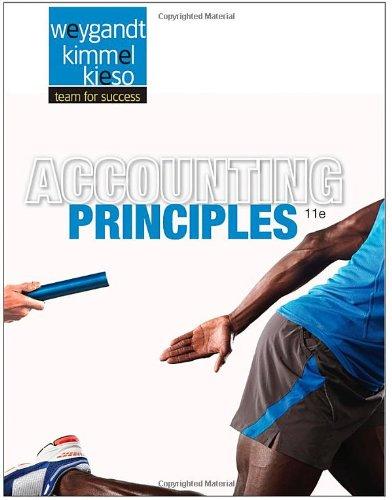The management of Chelsea Inc. asks your help in determining the comparative effects of the FIFO and
Question:
The management of Chelsea Inc. asks your help in determining the comparative effects of the FIFO and LIFO inventory cost flow methods. For 2014, the accounting records provide the following data.
Inventory, January 1 (10,000 units) .......$ 35,000
Cost of 120,000 units purchased ........ 504,500
Selling price of 100,000 units sold ...... 665,000
Operating expenses ..............130,000
Units purchased consisted of 35,000 units at $4.00 on May 10; 60,000 units at $4.20 on August 15; and 25,000 units at $4.50 on November 20. Income taxes are 28%.
Instructions
(a) Prepare comparative condensed income statements for 2014 under FIFO and LIFO. (Show computations of ending inventory.)
(b) Answer the following questions for management in the form of a business letter.
(1) Which inventory cost flow method produces the most meaningful inventory amount for the balance sheet? Why?
(2) Which inventory cost flow method produces the most meaningful net income? Why?
(3) Which inventory cost flow method is most likely to approximate the actual physical flow of the goods? Why?
(4) How much more cash will be available for management under LIFO than under FIFO? Why?
(5) How much of the gross profit under FIFO is illusionary in comparison with the gross profit under LIFO?
The ending inventory is the amount of inventory that a business is required to present on its balance sheet. It can be calculated using the ending inventory formula Ending Inventory Formula =...
Step by Step Answer:

Accounting Principles
ISBN: 9781118566671
11th Edition
Authors: Jerry Weygandt, Paul Kimmel, Donald Kieso





